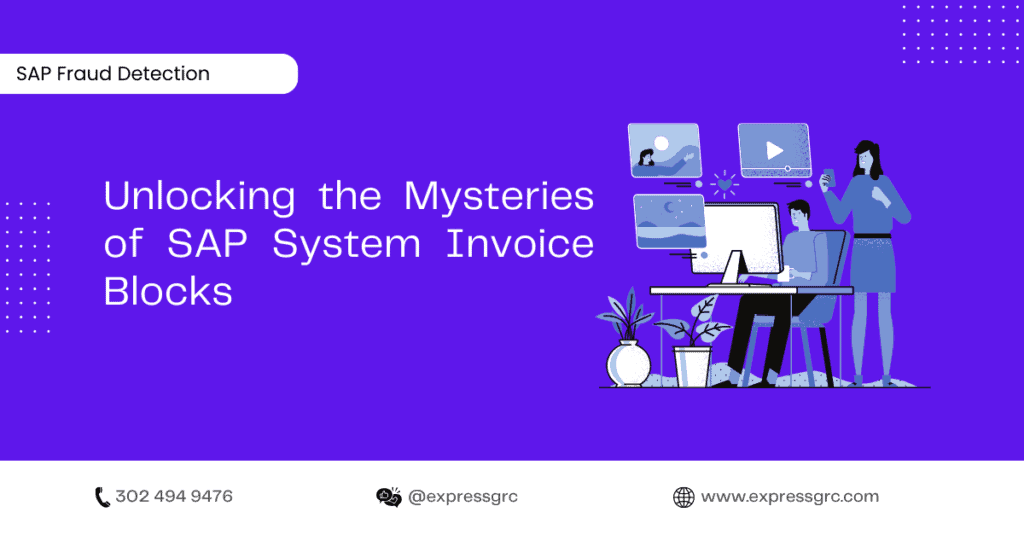In the fast-paced world of business, optimizing your financial processes is essential for success. SAP (Systems, Applications, and Products) is a powerful software suite that helps organizations manage their operations efficiently. One critical aspect of SAP is handling invoice blocks effectively using SAP transactions. In this article, we will delve into the mysteries of SAP System Invoice Blocks and how to navigate them using SAP transactions.

Understanding SAP System Invoice Blocks
Invoice blocks are a common challenge in business, often causing delays in payment processing. These blocks occur when there are discrepancies or issues with an invoice, preventing it from being paid. SAP System Invoice Blocks can be due to various reasons, such as incorrect pricing, missing information, or approval issues.
To unlock the mysteries of SAP System Invoice Blocks, you need to understand the types and causes:
- Pricing Discrepancies: Incorrect pricing details can trigger invoice blocks. Ensure that your pricing data in SAP is accurate and up-to-date.
- Missing Information: Incomplete invoices with missing data like purchase order numbers or vendor details can cause blocks. Verify all necessary information is included.
- Approval Hurdles: Invoices may be blocked if they haven’t received the required approvals. Monitor and streamline your approval processes within SAP.
Navigating SAP Transactions
SAP transactions are your key to swiftly resolving invoice blocks. These transactions are codes or commands used to perform specific tasks within the SAP system. Here are some essential SAP transactions for handling invoice blocks:
- VF04 – List of Billing Documents: Use this transaction to display a list of billing documents that are blocked.
- V.22 – Change Blocked Invoices: This transaction allows you to make necessary changes to blocked invoices, such as correcting pricing errors.
- VFX3 – Blocked Deliveries: In some cases, blocked deliveries can lead to invoice blocks. Use this transaction to view and resolve blocked deliveries.
- ME29N – Release Purchase Orders: If invoice blocks are due to unapproved purchase orders, this transaction helps release them for payment processing.
FAQs
Q1. How can I prevent invoice blocks in SAP? A1. To prevent invoice blocks, ensure accurate data entry, streamline approval processes, and regularly review your SAP system for discrepancies.
Q2. Can I automate the resolution of invoice blocks in SAP? A2. Yes, you can automate the resolution of invoice blocks in SAP by setting up workflows and alerts to flag and address issues promptly.
Q3. Are there reporting tools in SAP to track invoice blocks? A3. SAP offers various reporting tools like SAP Business Intelligence (BI) to track and analyze invoice block data.
Conclusion
Navigating SAP System Invoice Blocks can be a daunting task, but with the right knowledge and SAP transactions at your disposal, you can streamline your financial processes and ensure timely payments. Remember to proactively address pricing discrepancies, missing information, and approval hurdles to prevent invoice blocks in the first place. By unlocking the mysteries of SAP transactions, you’ll enhance your organization’s efficiency and profitability in no time. Start optimizing your SAP system today!
